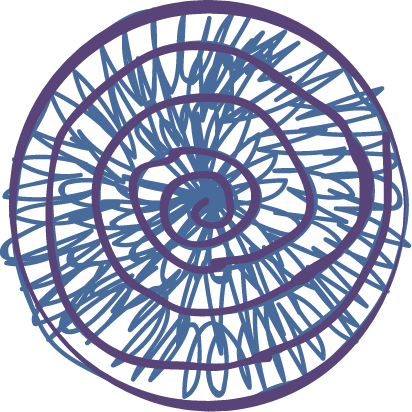The first time I taught the Weight Bearing exercise in an Upstream classroom, the Teaching Artists set to their task with more focus than I’d ever seen. They tried pushing and pulling with their partners in one position after another, they tried talking through the steps, they used a wall as a prop, and even asked me to come in to help with a pull. They could not get their partners to really push or pull for the life of them.
Weight Bearing is deceptively simple: two people get up (usually one of them is a Teaching Artist) and they either give their weight through pushing on each other, or take weight by pulling. They do this in various positions, all the while coming off of their own equilibrium. They might reach out their hands and make a bridge by pushing on each other’s palms, grasp each other’s forearms and pull, leaning out at 45 degree angles and even lifting a leg, and so on. So you can see how this might be a challenge for some people.
This challenge is made more complicated by the fact that this was probably the most diverse group of people I have ever taught in one classroom; that’s saying a lot. We had a room full of young people who ranged from sitting in wheelchairs they do not control, to individuals with only mild autism and anxiety. We had people who were ready to jump to any task, and some who have to be woken up to participate.
So here’s the kicker: the Weight Bearing exercise made the Teaching Artists concentrate so clearly on their task because weight bearing addresses key developmental needs. When you address those key developmental needs, you’ll find both a challenge and something that might unlock a person’s potential.
Let me give you a sense (pun intended) of why this exercise is so important. Touch is the first sense to develop in utero, at about six weeks into gestation. Immediately following that is our sense of movement — what many professionals break down into proprioception and vestibular senses. Our sense of movement is probably the most complicated sense of all, because it involves so many different kinds of sense receptors. Proprioception alone involves several kinds of nerve receptors in just the ligaments, not even including what’s in the muscles and tendons. They sense stretch, position in space, pressure, joint movement, muscle movement and so on. Our vestibular sense is located in our inner ear, which senses our balance. The Weight Bearing exercise addresses all of these. It challenges participants in a way that they might not have even been challenged before.
When you address the earliest senses that develop in a person, you potentially affect everything else. A person’s senses of touch, movement and balance need to be integrated to create a basic sense of yourself and the world. Imagine trying to look someone in the eyes when just standing up feels like trying to stand on a raft in rocky waters. Going back and working with these senses helps a person to foster their capacity to learn, because sensory integration is the groundwork of learning and of social behavior. Also, by exploring this push and pull through Weight Bearing, Upstream participants could find more movement vocabulary. Finding more movement vocabulary leads someone to think in new ways, find more ways to solve problems, and interact with others with new tools. This is why I love what I do!
Post by Kate McDonnell, Upstream Arts Teaching Artist
